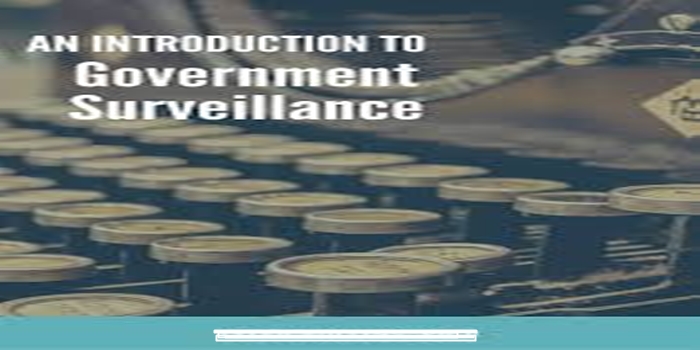In this post, we talked about the meaning of government surveillance, how it is conducted, the types, the examples, we also outlined the benefits.
Definition
Government surveillance is the act of monitoring people, activities, or information by the government. This is done to gather information, prevent or detect crime, or manage or direct activities.
How is government surveillance conducted?
Direct
Involves watching or following an individual, or using covert monitoring in public places
Electronic
Involves using electronic devices to watch people or things, such as closed-circuit television (CCTV)
Interception
Involves intercepting electronically transmitted information, such as internet traffic
Purchasing online information
Involves purchasing consumer data through online information
How is government surveillance regulated
Law enforcement agencies must generally obtain a search warrant based on probable cause before conducting it.
There are exceptions in cases of national security or imminent threats
it must be targeted and based on reasonable suspicion of commission of a serious crime
Individuals placed under surveillance must be notified that their communications have been monitored
Types of surveillance
Direct surveillance: Also known as physical surveillance, this involves observing people or places in person. Investigators can follow suspects around or observe from a stationary location.
Reconstructive : Involves reviewing information and evidence gathered from other techniques.
Uses of surveillance
Intelligence gathering
Governments use it or espionage, crime prevention, and protecting people, processes, groups, or objects.
Crime investigation
Surveillance is a crucial part of the criminal process and can help deter malicious activity.
Public health
This can involve collecting, analyzing, disseminating, and responding to information about infectious diseases.
it can also be used by criminal organizations, businesses, and religious organizations.
Benefits of government surveillance
National security: Governments can monitor communication channels, borders, and intelligence to identify and address threats.
Crime prevention: can help prevent attacks and apprehend criminals.
Crime solving: can help solve crimes by providing evidence and identifying suspects.
Public safety: This can help protect citizens by monitoring public spaces and responding to security breaches.
Cybersecurity: It can help identify and combat cyber threats.
Disease prevention: This can help monitor and evaluate disease trends, which can help prevent and manage noncommunicable diseases.
Situational awareness: It can improve situational awareness for human operatives.
Disadvantages of government surveillance
Privacy: it can invade privacy, especially when used in public spaces or without proper notification
Civil liberties: This can erode civil liberties and individual freedoms
Abuse of power: It can be used to abuse power, such as by harassing, arresting, or torturing opposition politicians, journalists, and activists
Misuse: footage can be misused for stalking, harassment, or blackmail
Cybersecurity: systems can be hacked, leading to data breaches
False sense of security: Overreliance can lead to complacency and a false sense of security.
Conclusion
Government surveillance refers to the practice of government agencies monitoring citizens’ activities, communications, and information through various technological means, often with the stated purpose of preventing crime, gathering intelligence, or protecting national security, but raising concerns about privacy violations due to the potential for mass data collection and intrusive monitoring of individuals without proper legal oversight.


